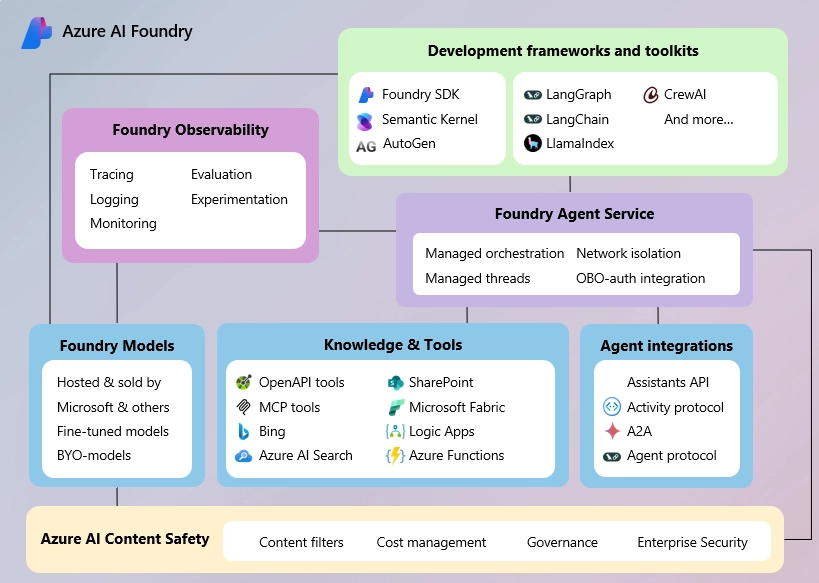Overview
GitHub Actions is a powerful tool that enables developers to automate their workflow and streamline their development process. With GitHub Actions, developers can create custom actions, which are essentially scripts that can be triggered by specific events within a GitHub repository.
Key Benefits
-
Integration with other tools and services: GitHub Actions can be easily integrated with other tools and services, such as continuous integration and delivery (CI/CD) platforms, issue tracking systems, and more.
-
Customizable: Users can create their own actions, and there is also a large selection of pre-built actions to choose from, making it simple for developers to find the right action for their specific needs.
-
Scalable: GitHub Actions is highly scalable, making it an ideal solution for both small and large teams.
-
Open-source: Because the platform is open-source, developers can contribute to the development of new actions and features, making it a constantly evolving and improving tool.
Getting Started
To get started with GitHub Actions, all you need is a GitHub account. Once you have an account, you can access the Actions tab in your repository settings. From there, you can create a new action or use one of the pre-built actions. The platform also provides detailed documentation and a community forum, which makes it easy to learn how to use the tool and get help when you need it.
Summary
GitHub Actions is an essential tool for any software development team. It’s a highly customizable, scalable, and versatile platform that allows developers to automate their workflow, streamline their development process, and integrate with other tools and services. It’s simple to use, has a wealth of pre-built actions, and is open-source, which makes it an ever-evolving tool that’s constantly improving. So, if you haven’t already, give GitHub Actions a try and see how it can help your team be more productive and efficient.




Leave a comment